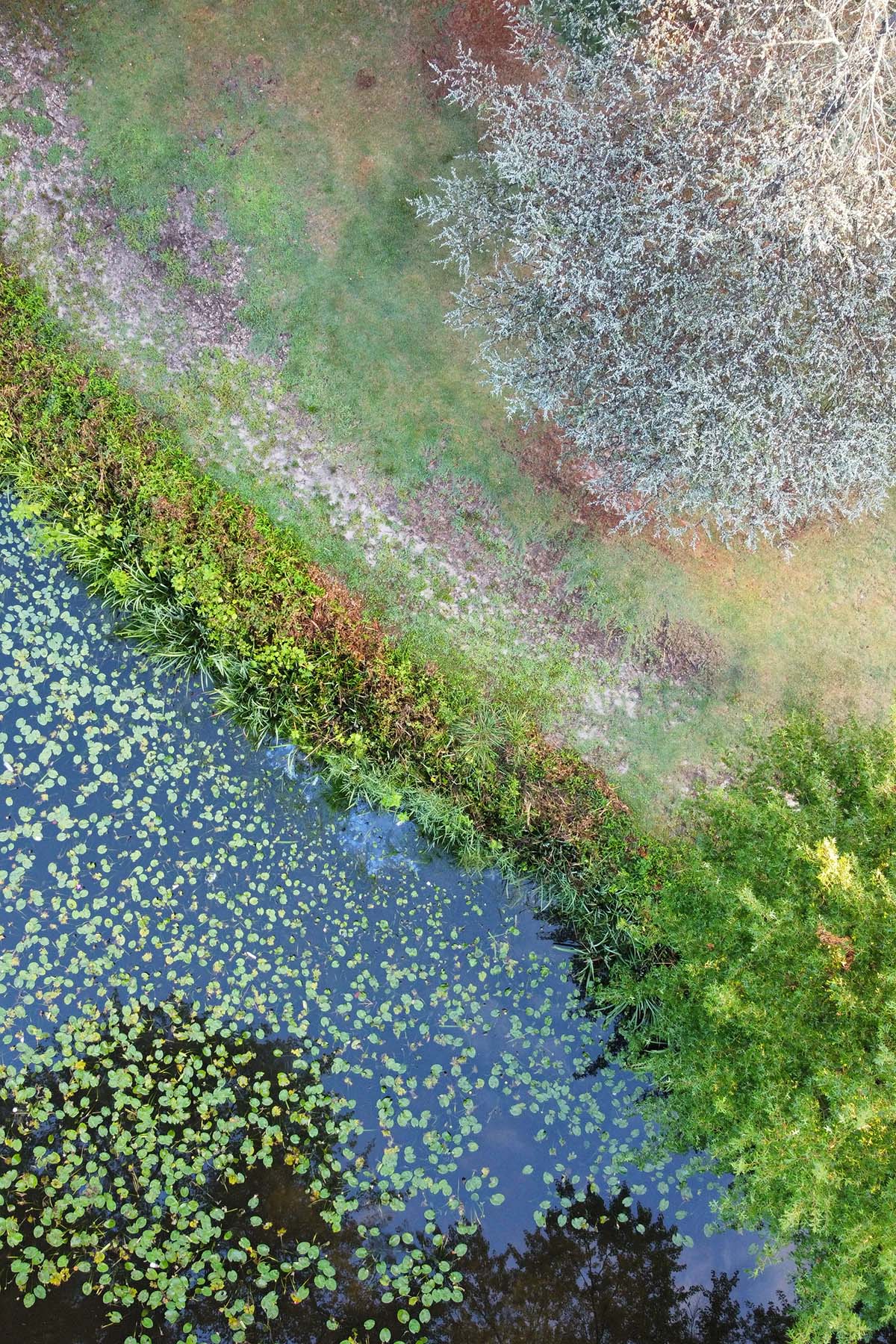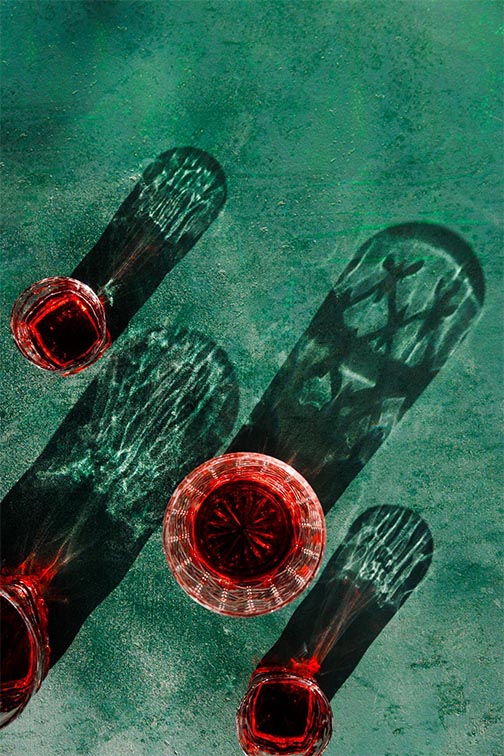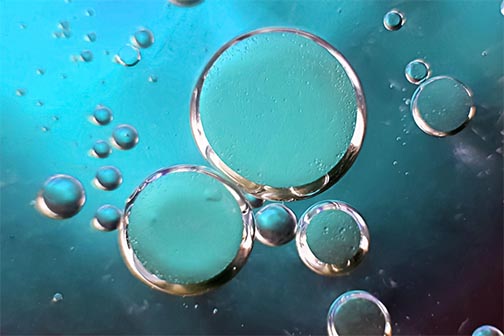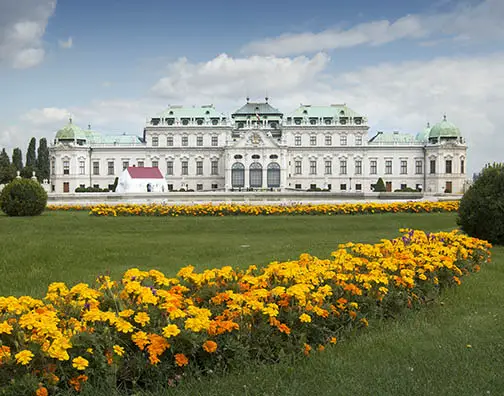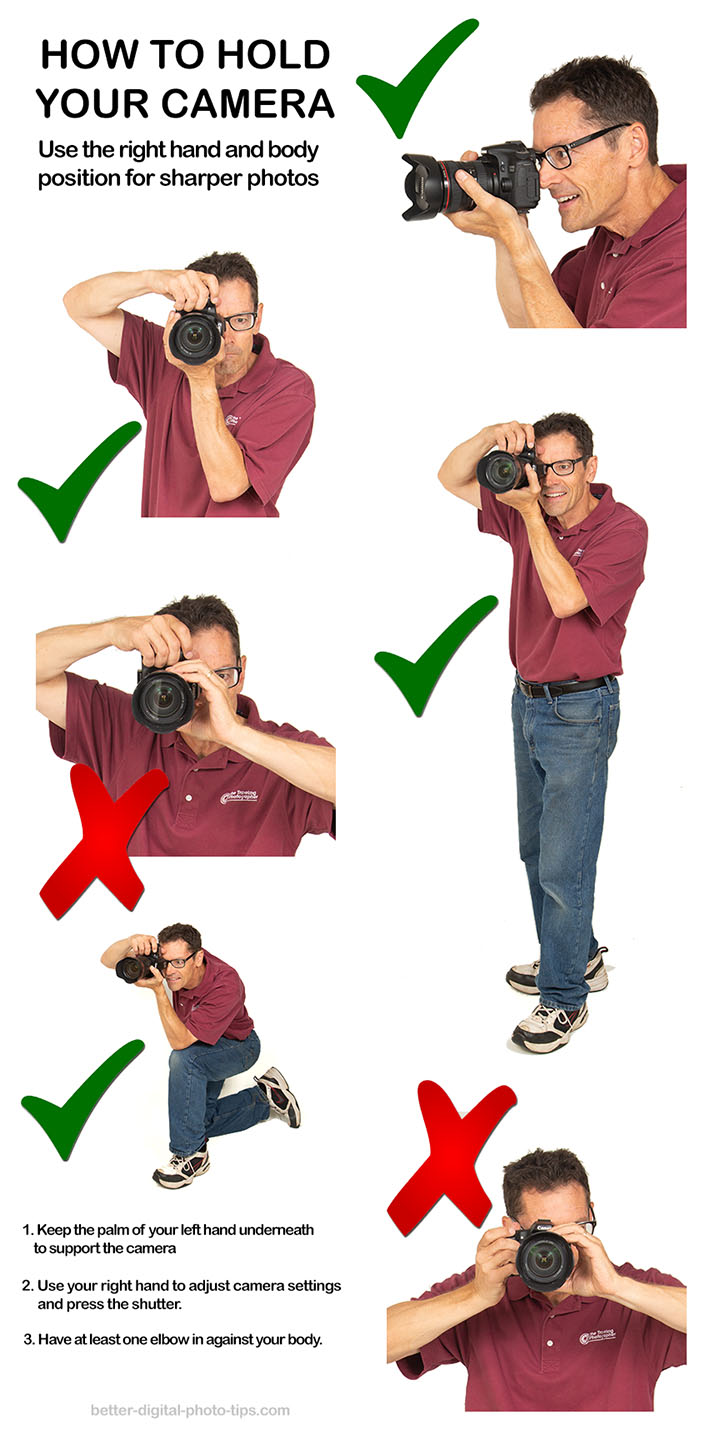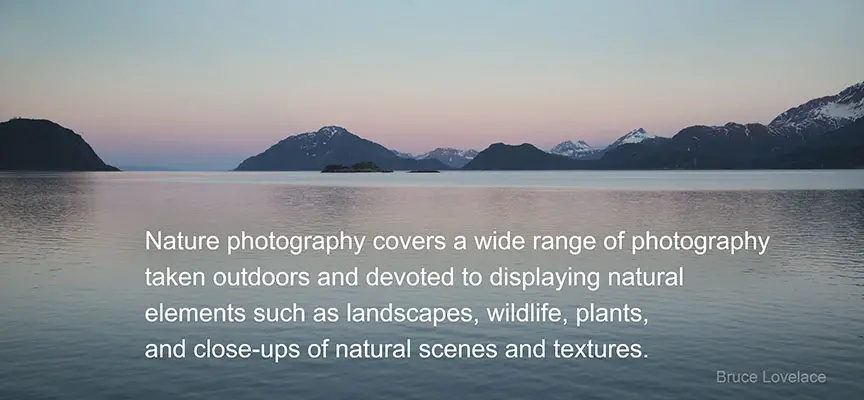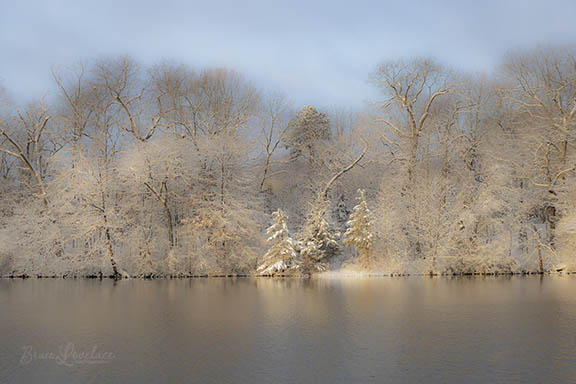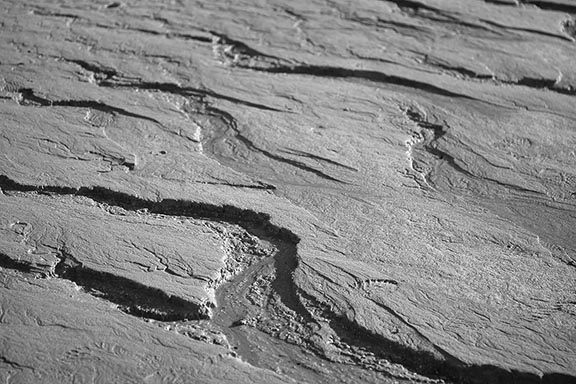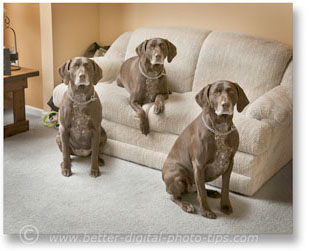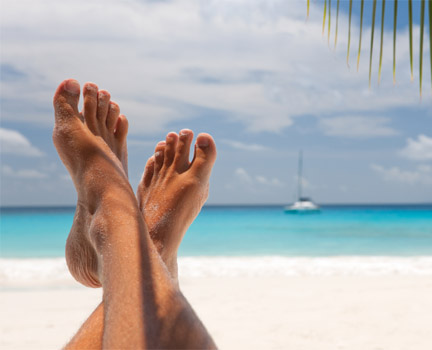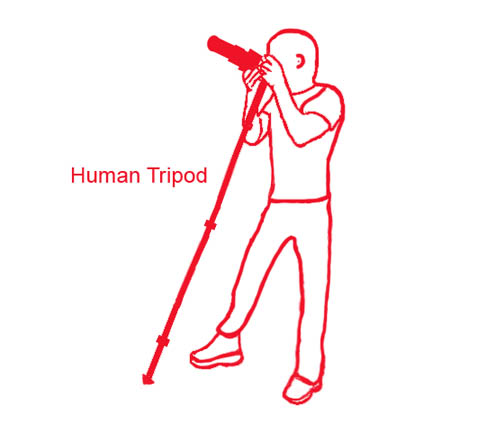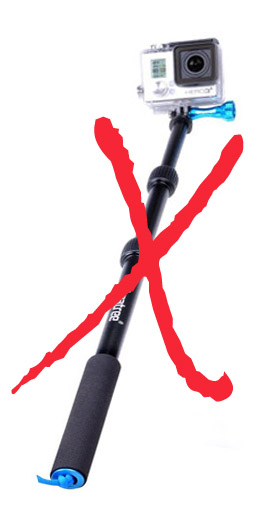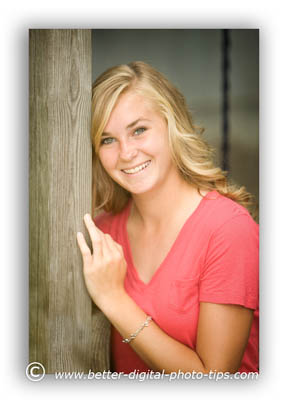HOW TO POSTS: LIGHTING AND COMPOSITION
7 Abstract Photography Tips to Get You Started
UPDATED: August 2024
This is a guest post by Emma Murphy.
Abstract art is all about creating images that are not immediately obvious or representational. Instead, abstract photos often focus on shape, color, and texture. Capturing abstract photography can be both challenging and rewarding, and it often requires thinking outside the box.
Are you looking to get into abstract photography, but don't know where to start? Or maybe you've been dabbling in abstract photography for a while, but feel like you could be doing more to elevate your snaps to fine art? If so, this blog post is for you!
I'll share seven tips that will help you take your abstract photography to the next level. So read on and get inspired to create some amazing pieces of art!
Start Thinking Abstractly
Easy right? Actually, it's much more intuitive than you might think. There's a misconception that abstract photography is something you need a fine arts degree to do. Trust me, you don’t need to be the next Salvador Dali to take incredible abstract photos.
Abstraction exists everywhere you look. Before you even take out your camera, your first step should be to seek out abstract imagery all around you. This can be anything from the patterns in a carpet to the shadows cast by a tree.
To think like an abstract photographer, you need to train your eye to see beyond the literal and find the hidden beauty in everyday objects. One way to start thinking abstractly is to look for patterns and shapes in everyday objects. For example, you might find interesting shapes in a pile of rocks or in the pattern of leaves on a tree. You can also look for abstractions in urban landscapes, such as repeating lines in a building or cars parked in a row. Once you have some elements in your focus, imagine how these could be framed in different ways. Now change that frame to 90 degrees!
Once you start seeing the world around you in this way, you won’t be able to stop! Now you’re well on your way to taking abstract photos that are truly unique.
Consider Your Camera Equipment
If you are a beginner, you don’t need to invest a fortune to start taking abstract photos. All these abstract photography tips can all be achieved with your smartphone camera and get you some lovely results.
However, it is always important to consider what you are working with and its role in the results you desire. A good camera will allow you to experiment with different settings and techniques, giving you the freedom to create breathtaking images.
If you are really serious about taking abstract photos, you’ll need a camera which can focus manually. Investing in a good camera and lens is a worthwhile investment. A DSLR or mirrorless camera will give you much more control over your images, allowing you to truly experiment with abstract. A quality lens will help you capture sharper photos with less distortion.
A decent camera body and a 50mm lens should do the trick for serious beginners. You can consider upgrading your lens once you have experimented enough to know which direction your work is taking.
If you don’t have the perfect equipment just yet, don’t let that slow you down. Start practicing with abstract photography with whatever gear you have right now. The more you experiment, the better decision you’ll be able to make once you have the option to buy a camera!
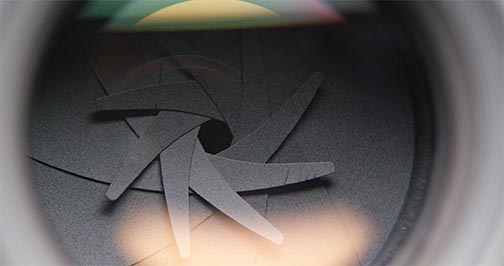 Start with a decent camera and a decent lens
Start with a decent camera and a decent lensLearn to See Interesting Shapes Out of Context
When I’m stuck for photography inspiration I like to set out an abstract photography task for myself. A good example is choosing a shape and trying to find and photograph as many as possible. This shape can be as basic or complex as you choose. Start with a triangle or heart shape if you’re stuck.
Now set about taking as many photos which include that shape as possible. You may need to frame your shots creatively to ‘create’ this shape from a broader context. You can set a limit of an hour or a day to build up as many photos of that shape as you can.
These sorts of tasks are great for energizing you and helping you start seeing the world as a chocolate box of abstract photo potential. You’ll be surprised by the mini portfolio of abstract photography you’ll have in no time!
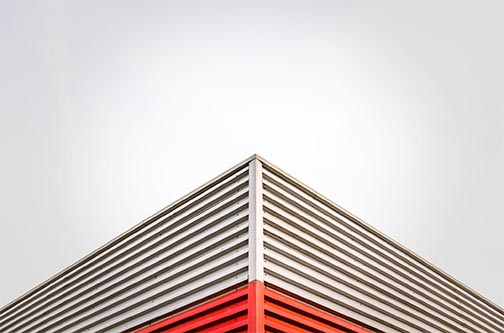 Abstract Architecture
Abstract ArchitectureGo Macro For A New Perspective
If you're interested in exploring the world of abstract photography, macro photography is a great place to start. Here is a post specifically on abstract macro photography.
By magnifying small details, macro photography can reveal the hidden beauty in everyday objects. This type of photography can be incredibly abstract, as it often focuses on the details that are often overlooked. Getting started with macro photography is easy, and all you need is a camera and a few basic supplies. Here's what you need to know to get started.
To get started in macro photography, you will need a camera that has a macro setting. Even better if you have a macro lens. You can also achieve similar results by using a close-up filter.
Once you have the right equipment, you can start exploring the world around you in a whole new way. Small flowers, leaves, and insects make excellent subjects for macro photography. Look for interesting patterns, shapes, and colors in houseplants of flowers to get started. Take multiple shots from different angles to find the best composition.
Once you’ve figured out the basics you can experiment by taking macro shots of anything that catches your eye. And don't be afraid to get VERY close. The best abstract macro shots are the ones when we have no idea what the subject is. With a little practice, you'll be taking stunning macro photos in no time!
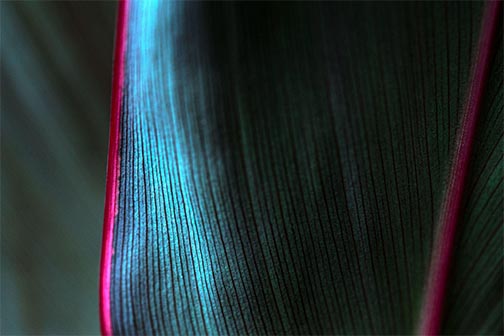 Take a guess on what this abstract is.
Take a guess on what this abstract is.Try Abstract Photography With Liquids
Abstract photography is all about capturing shapes, lines, and colors in unique and interesting ways. One great subject matter to abstract is liquid. It’s fun, it’s free, and it’s everywhere!
Look for places where there is already liquid in your home or street. This can be coffee in your cup, drops in your sink, puddles or streams. When there’s texture and movement, such as rippling water, it makes for a great abstract subject.
Abstract photography can also be created by manipulating a subject to obscure its original form. Mixing oil and water is a wonderful and easy way to combine your macro skills with abstract results. To push the boundaries further, use drops of different foods coloring too!
Try using a slow shutter speed to capture the motion of the liquid, creating an ethereal and abstract effect. You can also experiment with different angles and perspectives to add interest to your shots. For example, try shooting from directly below or above the liquid, or getting close up to capture tiny droplets. The key is to have fun and experiment until you find a style that suits you.
Use Negative Space To Create Intrigue
Negative space is the area around and between the main subject of an image. It can be used to create a sense of balance and create interesting compositions. To use negative space in abstract photography, look for shapes and forms that are created by the negative space around the subject. For example, you can look for areas of light and dark, or for contrasting colors.
By isolating these incidences of negative space into abstract shapes and forms, you can create unique and creative images. Experiment with different camera angles and framing to emphasize the negative space even more.
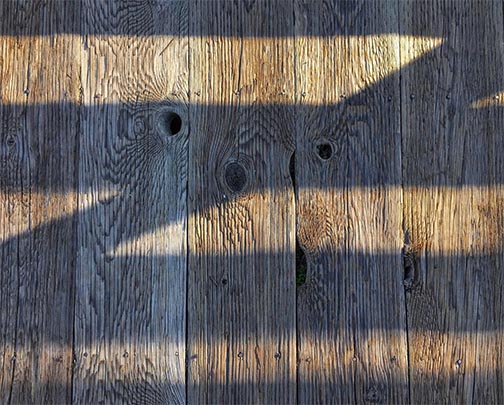 Shadows on Wooden Planks
Shadows on Wooden PlanksGet Creative With Your Camera Settings
Because abstract photos don't have to represent reality, they can be interpreted in many ways. This means there's absolutely no wrong or right way to take abstract photography. If you are a beginner in photography, it’s a perfect excuse to go wild and practice using your camera settings.
Play around with different shutter speeds, apertures, and ISO settings to see what kinds of results you can get.
One way to get started is to experiment with long exposures. This technique involves keeping the shutter open for a longer period of time, which can create some interesting effects. For example, you can use a long exposure to capture the movement of clouds or water or to create light trails from passing cars. Just be sure to use a tripod to keep your camera steady, and take a few test shots to get the effect you’re looking for.
By getting creative with your camera settings, you can learns more about camera terms while adding a new dimension to your photography.
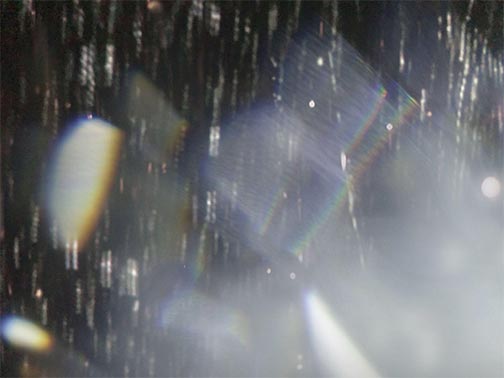 Use blur to create interesting abstracts.
Use blur to create interesting abstracts.